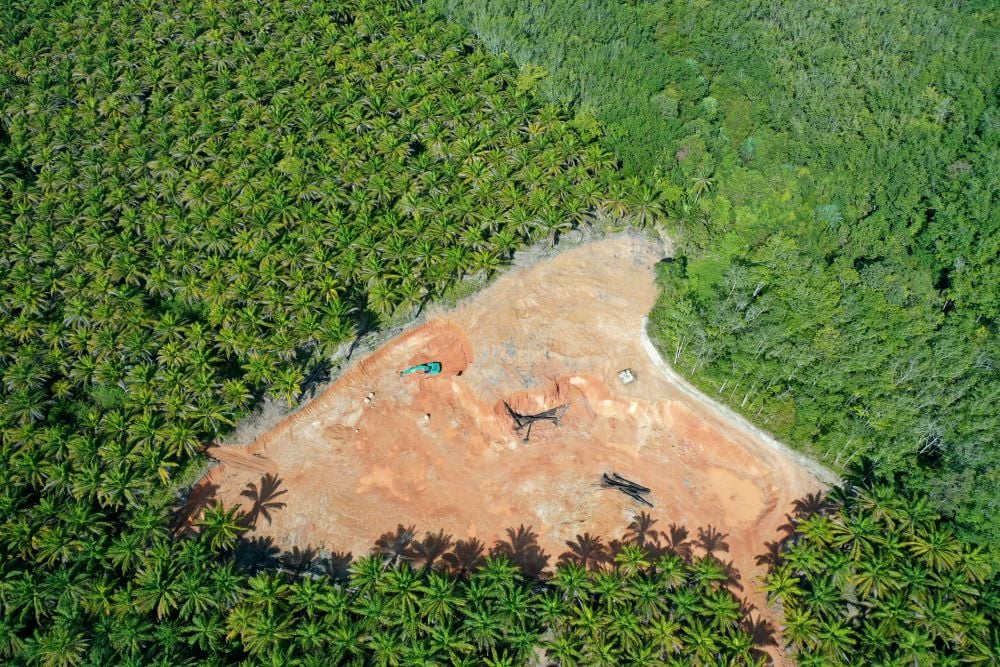The prevailing low interest rate environment is a boon for investments in infrastructure projects as they are benefiting from competitive funding and lower financing costs.
However financing costs are just one aspect of infrastructure investments so investors must also look at the internal rate of return (IRR) when evaluating infrastructure projects, explains Erwin Maspolim, head of utilities and infrastructure finance, Asia at ING in an interview with The Asset.
“With low interest rates our clients are now able to invest in projects with more competitive funding. But bear in mind that many of these infrastructure projects are tendered such that our clients are competing with other bidders so very often financing cost or interest cost is just one aspect of the tender competition. IRR is another consideration,” says Maspolim.
“Good projects will always have many interested parties so investors should consider that the IRR may also go down. So it’s very helpful to have a low interest rate environment but it also means that its very competitive for banks,” Maspolim says.
ING Bank is eyeing more infrastructure investments in Asia and the emerging markets as ratings upgrades present more attractive opportunities in the power, water, waste management, ports and other infrastructure developments.
“While infrastructure investment in many Asian countries has accelerated dramatically in the past decade, the region’s rapid urbanisation means demand is still growing fast,” says Maspolim.
Maspolim, who rebuilt the Dutch bank’s infrastructure investment capabilities following the Asian financial crisis, says ING’s infrastructure investments in Asia has grown by doubles digits in the past three years although he declined to provide specific figures.
ING has since invested in massive projects like the S$1.5 billion Sportshub in Singapore, the A$1.6 billion Toowomba Tunnel Project and the A$1.8 billion New Royal Adelaide Hospital both in Australia, and the US$1.17 billion Sarulla Geothermal Power Plant in Indonesia.
“From an infrastructure investment perspective, Asia’s rating upgrades highlight a more attractive environment for power, water, waste management, port and other infrastructure development,” Maspolim says.
ING also considers Asia also an attractive investment destination because many countries recognise that without infrastructure development, economic growth will be constrained. Because of this, laws and regulations have been issued to support investment in infrastructure investments.
“It is important to differentiate between countries in Asia. Each country necessarily has different regulations, ways of doing business, government structure and levels of economic development. Many countries use public private partnerships (PPP), for example, but PPP specifics vary. For multinational infrastructure companies, Indonesia, the Philippines, Thailand and Australia are currently the most favoured investment destinations,” Maspolim says.









